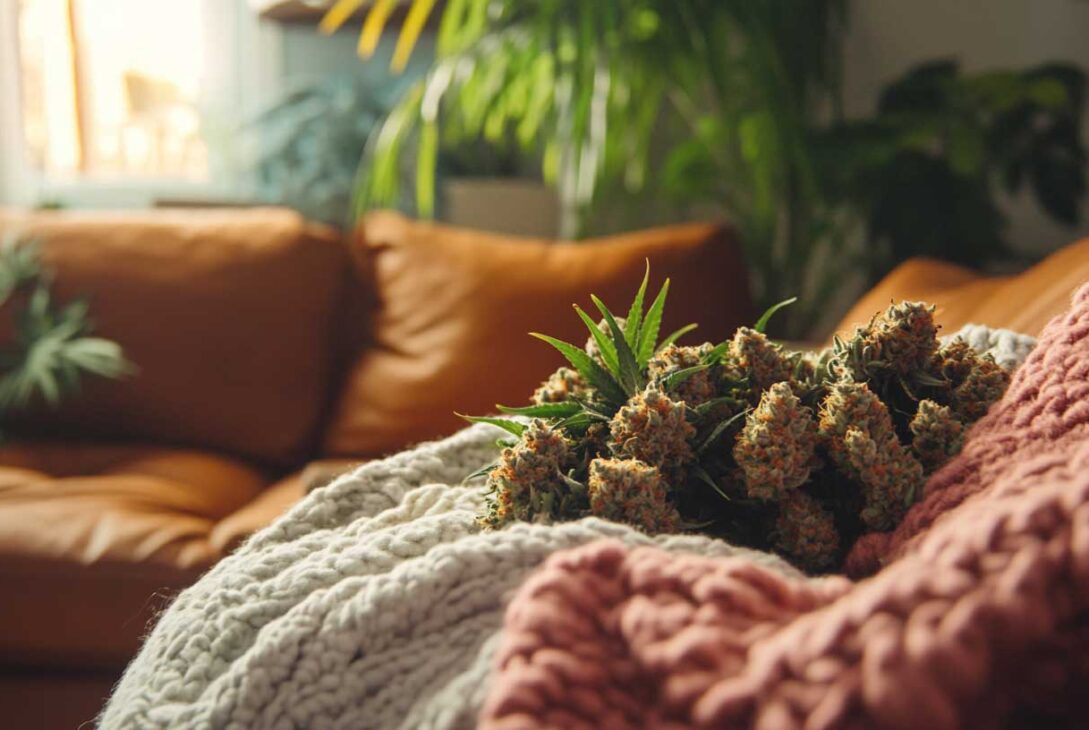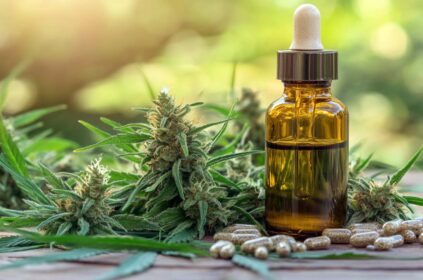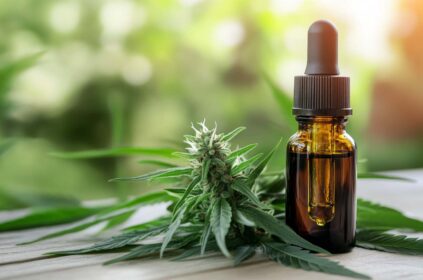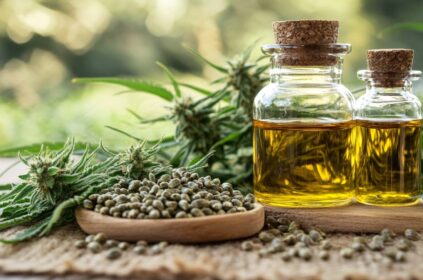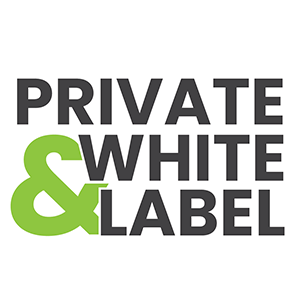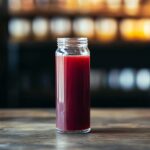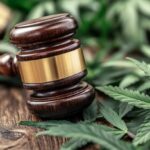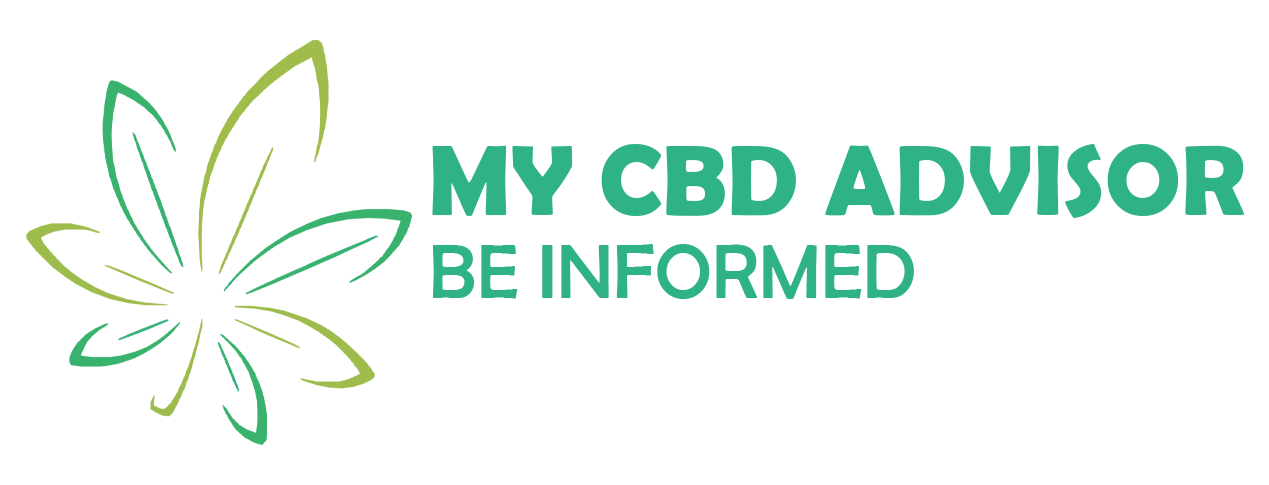Navigating CBD Dosage: Finding Your Optimal Amount
Introduction
As interest in hemp-derived products like CBD continues to expand, understanding how to navigate CBD dosages becomes vital for those seeking potential benefits. With various products flooding the market, each varying in potency and application, determining the right dosage might feel overwhelming at first. However, this guide aims to simplify the process, shedding light on factors influencing dosage, the art of titration, and the importance of personalization in finding what works best for you.
Understanding CBD Dosage
Factors Affecting CBD Dosage
When determining the optimal dosage of CBD, several important factors come into play:
- Condition or Use: The condition you’re aiming to address can significantly influence the amount required. For instance, those seeking relief from chronic pain may need higher doses than someone utilizing CBD for general wellness or sleep support.
- Body Weight: Your body weight can help guide your dosage calculations. A common recommendation is to start with a dose between 0.1 to 0.5 mg of CBD per pound of body weight, depending on your individual needs.
- Concentration of CBD: Each CBD product offers a unique concentration of CBD per serving. Thus, understanding how much CBD is in your specific product is critical for accurate dosage.
- Body Chemistry and Tolerance: Each person’s endocannabinoid system is different, resulting in varying levels of tolerance and response to CBD. Some may feel the effects at lower doses, while others might require higher amounts.
The Art of Titration
What is Titration?
Titration in the context of CBD means gradually adjusting your dosage to identify the amount that gives you the best results. This method helps minimize side effects and allows you to enjoy the therapeutic effects of CBD without overwhelming your system.
How to Titrate
- Start Low and Go Slow: Initiate your journey with a low dose, typically around 10-20 mg daily. This will give your body time to adjust.
- Gradually Increase: After a week with no noticeable effects, consider increasing your dosage by 10-20 mg. Monitor how this adjustment affects you over the next few days.
- Keep Records: Documenting your daily dosage and your experiences can provide valuable insights as you fine-tune your approach.
The Biphasic Effect of CBD
Understanding Biphasic Responses
CBD can cause different effects at various dosage levels, known as the biphasic effect. Lower doses can enhance alertness and clarity, while higher doses might induce relaxation or sedation. This dual response underscores the importance of finding a dosage tailored to your specific needs.
Implications for Dosage
- Too Little CBD: If your dose is insufficient, you might not experience any benefits, emphasizing the need for gradual titration.
- Too Much CBD: Conversely, excessively high doses can reverse the desired effects and lead to discomfort, reinforcing the value of finding that sweet spot.
Calculating Your CBD Dosage
Using CBD Calculators and Charts
CBD calculators can serve as handy tools as you determine your dosage, but always refer to product labels or consult professionals for precise measurements. Here are basic guidelines to consider:
- Check the Concentration: Analyze how many milligrams of CBD are in a milliliter of oil. For example, if a 1000 mg bottle contains 30 mL, that results in approximately 33.3 mg of CBD per milliliter.
- General Formulations: For issues like pain, a calculated medium-strength dose can be about 0.3 mg of CBD per pound of body weight, adapting based on individual needs.
Example Dosage Chart
| Bottle Size | CBD per 1 mL |
|---|---|
| 300 mg | 10 mg |
| 600 mg | 20 mg |
| 1200 mg | 40 mg |
| 2400 mg | 80 mg |
Personalization and Safety
Consulting a Healthcare Professional
Before embarking on your CBD journey, it’s wise to discuss your intentions with a healthcare professional. They can provide tailored advice according to your health status, any medications you may be taking, and overall wellness goals.
Microdosing CBD
Microdosing could be an option for those looking to maintain therapeutic effects with very small, frequent doses. Though it might be beneficial for general health purposes, it could be insufficient for alleviating severe symptoms.
Conclusion
Finding your optimal CBD dosage is an individualized journey that requires patience and attentiveness. Here are the key points to remember:
- Start Low and Go Slow: Begin with a minimal dose, making gradual increases over time.
- Titrate Carefully: Keep close tabs on your body’s responses and adjust your dosage accordingly.
- Consider Your Condition: Different health concerns necessitate different dosages.
- Consult Professionals: Engage a healthcare expert for personalized recommendations.
- Keep Records: Tracking your dosage patterns and effects can be immensely helpful.
By following these guidelines and keeping the biphasic nature of CBD in mind, you can effectively and safely manage your CBD regimen, ensuring you tap into its benefits while steering clear of unintended drawbacks.
Actionable Tips
- Initiate with 10-20 mg per day, adjusting as needed.
- Utilize quality products that display clear and consistent dosage information.
- Speak with a healthcare professional before starting a new CBD regimen.
- Maintain a dosage log to track effects and efficacy.
Additional Resources
For further insights into CBD dosing, consider reviewing:
- CBD dosage charts from reputable sources to aid in your dosage calculations.
- Testimonials or case studies reflecting individual CBD experiences.
- Educational content like guides and videos from trusted advocates or health professionals to enhance your understanding of CBD use and benefits.
Navigating the realm of CBD dosages can be simplified through accurate information and careful monitoring. By taking the time to find your personal dosage, you open the door to discovering the potential benefits CBD can offer you.

